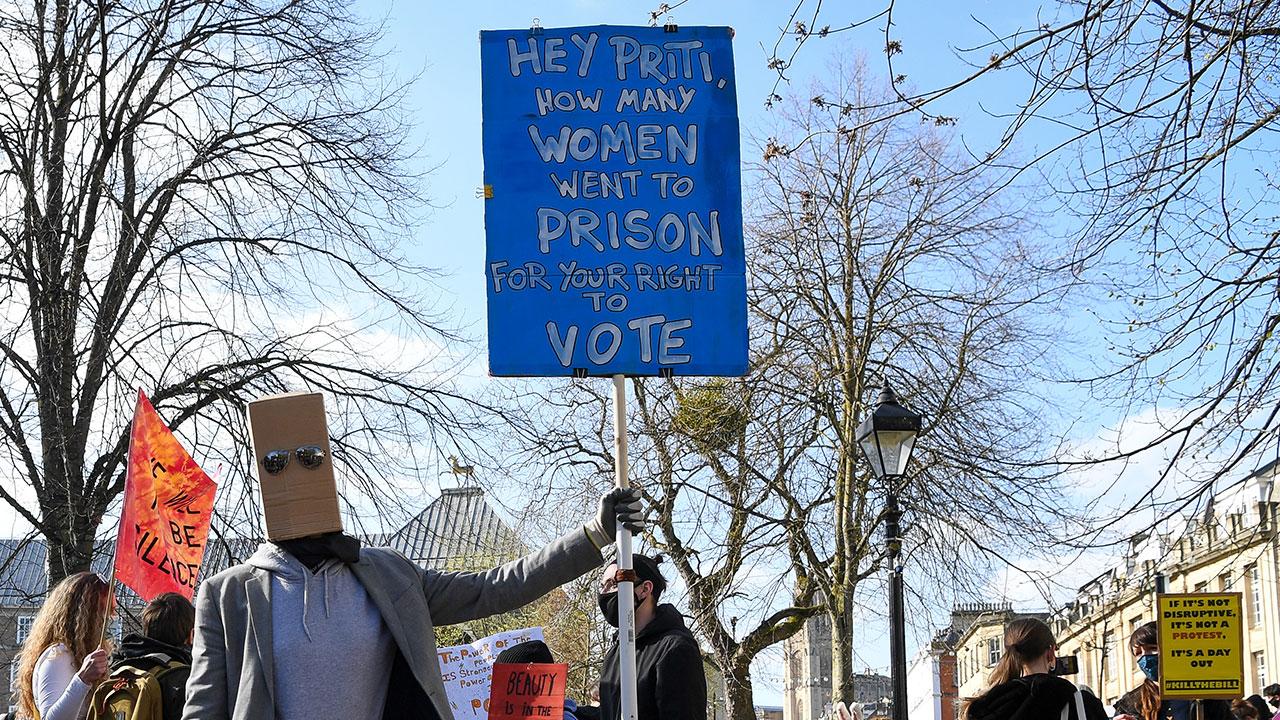Edward Snowden's hard drive
A photograph depicting destroyed computer parts said to have contained files leaked by Edward Snowden
A photograph depicting destroyed computer parts said to have contained files leaked by Edward Snowden

On 20 August 2013 – a month after a stream of images depicting LGBT people being beaten up by Russian riot police surfaced on the Internet, and two days before Bradley Manning came out as transgender and changed his first name to Chelsea – photographs appeared of David Miranda being welcomed at Rio airport by his boyfriend, Guardian journalist Glenn Greenwald. Miranda had been detained at London’s Heathrow Airport under Schedule 7 of the UK’s terror laws. ‘They took my computer, video game, cell phone, my memory cards, everything’, he said.
That same day, Guardian editor Alan Rusbridger published an op-ed piece about the Miranda detention in which he mentioned that a few months earlier the basement of the newspaper’s London headquarters had been the site of a rather bizarre incident: a senior editor and a computer expert ‘used angle grinders and other tools to pulverise the hard drives and memory chips on which the encrypted files [of Edward Snowden] had been stored’. A day after Rusbridger’s description of this largely symbolic act – what can destroying hard drives effect in the age of copied files? – the Guardian published an image of hardware stemming from three, perhaps more, destroyed computers. For techies, the top question now seemed to be what the image revealed: what was said ‘to be a MacBook Pro […] might actually be an Air’, it was mused on it-news-website The Register, and ‘it’s clear there is no sign of either hard drives or solid-state storage […] these components must have been reduced to invisible dust.’
What struck me about these incidents is the symbolism of the objects; the strange, nostalgic expectation for events to be represented by something physical: homophobia by the beating sticks of the riot police, the transgressive act of whistleblowing by the blonde wig of a transgender Manning, and the widespread surveillance of citizens by devices seized and laptops smashed.
























